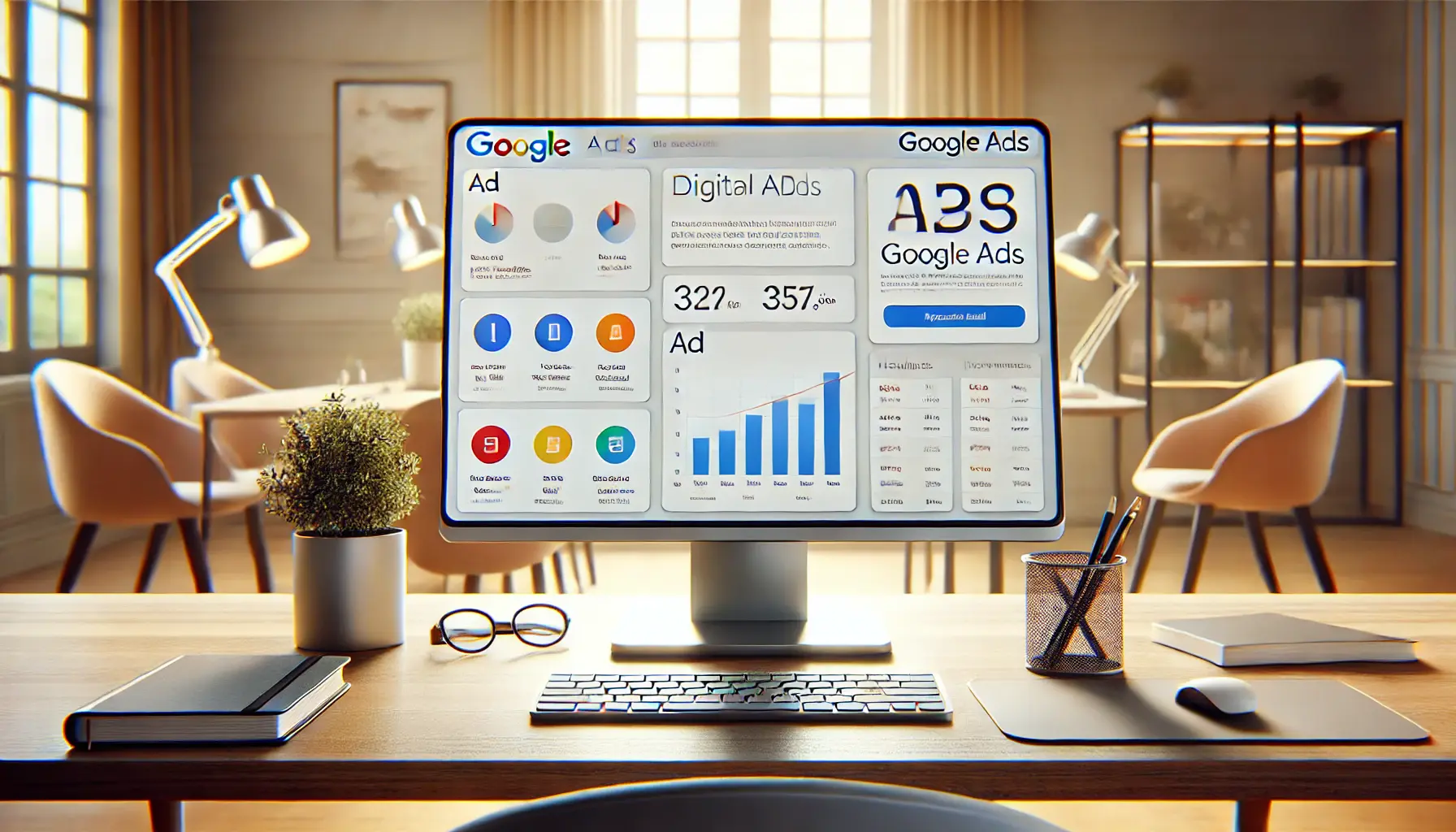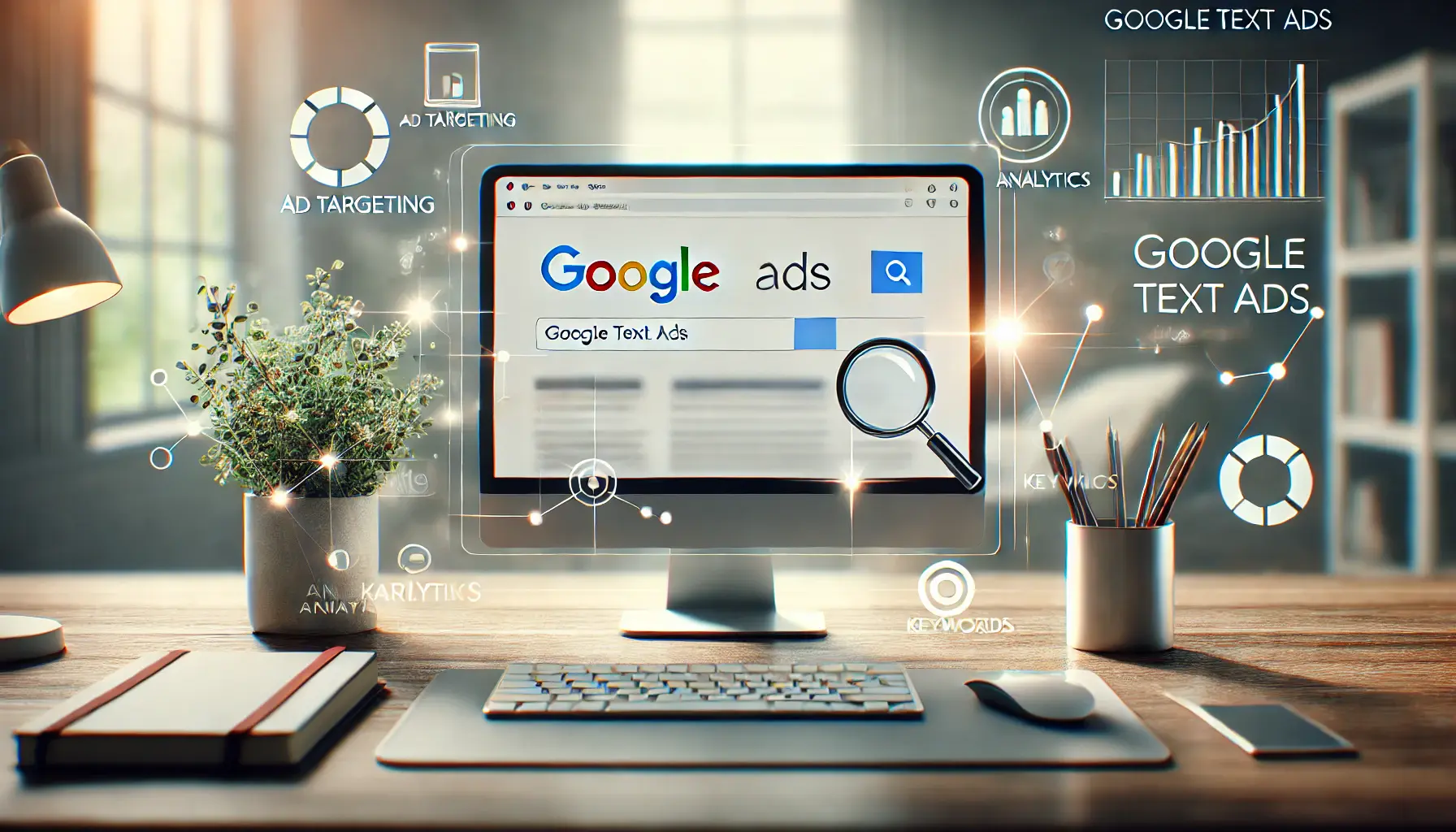Understanding the intricate relationship between Search Engine Optimization (SEO) and alternative text (alt text) for images is crucial in today’s digital landscape.
Alt text plays a pivotal role in enhancing website accessibility and boosting SEO performance.
This comprehensive guide delves into the nuances of alt text, offering insights into its significance and best practices for optimizing images for search engines and users alike.
At the core of this exploration is the main keyword “Alt Text,” a fundamental element in the realm of SEO.
This article aims to unravel the layers of alt text, demonstrating its impact on SEO strategies and online visibility.
By integrating alt text effectively, websites can achieve a harmonious balance between accessibility and search engine rankings.
- Understanding Alt Text in SEO
- Best Practices for Writing Effective Alt Text
- Integrating Alt Text with SEO Strategies
- Challenges and Solutions in Alt Text Optimization
- Advanced Techniques in Alt Text for Enhanced SEO
- Measuring the Impact of Alt Text on SEO Performance
- Future Trends in Alt Text and SEO
- Conclusion: Harnessing the Power of Alt Text in SEO
- SEO and Alt Text: Enhancing Image Descriptions – FAQs
Understanding Alt Text in SEO
Alt text, short for “alternative text,” is a concise description associated with an image on a webpage.
It serves as a textual substitute for the image, primarily used by screen readers for the visually impaired and by search engines for indexing.
Alt text plays a crucial role in making web content accessible and comprehensible to all users, regardless of their ability to view images.
From an SEO perspective, alt text is instrumental in helping search engines understand the content and context of images.
This understanding is vital as search engines cannot visually interpret images.
Properly optimized alt text can significantly enhance a website’s visibility and ranking in search results, particularly in image searches.
Importance of Alt Text for Accessibility
Accessibility is a key aspect of web design, ensuring that content is available to all users, including those with disabilities.
Alt text contributes to this inclusivity by providing a text-based representation of images.
For users relying on screen readers, alt text delivers the information conveyed by images, ensuring that they have equal access to the content.
Moreover, alt text is displayed in place of images when they fail to load due to slow internet connections or technical issues.
This feature maintains the continuity of information, ensuring that the user experience is not disrupted.
Alt text is not just an SEO tool; it’s a bridge to accessibility, ensuring that web content is inclusive and comprehensible to all users, regardless of their visual capabilities.
Best Practices for Writing Effective Alt Text
Creating impactful alt text requires a blend of precision, relevance, and SEO-awareness.
To optimize images for both search engines and accessibility, certain best practices should be followed.
These guidelines ensure that alt text serves its dual purpose effectively, enhancing both the user experience and a website’s SEO performance.
Here are some key strategies for crafting effective alt text:
- Be Descriptive and Concise: Alt text should accurately describe the image’s content and context. Keep it brief yet informative, avoiding overly long descriptions that may overwhelm the user.
- Include Relevant Keywords: Incorporate keywords naturally into the alt text. This practice aids in SEO by aligning the image with relevant search queries. However, avoid keyword stuffing, as it can negatively impact SEO efforts.
- Avoid Redundant Phrases: Skip phrases like “image of” or “photo of,” as screen readers and search engines already identify the content as an image.
- Reflect the Image’s Purpose: The alt text should align with the reason the image is used on the page, whether it’s to illustrate a concept, showcase a product, or convey a mood.
Alt Text for Different Types of Images
Different types of images require tailored approaches to alt text.
Here’s how to handle various scenarios:
- Decorative Images: For purely decorative images that add aesthetic value but no informational content, use an empty alt attribute (alt=””). This approach tells screen readers to skip the image.
- Informative Images: For images that convey information, such as graphs or product photos, provide a detailed description that captures the essence of the image.
- Functional Images: If an image serves a functional purpose, like a button, the alt text should describe the function (e.g., “Search button” or “Go to homepage”).
Remember, the goal of alt text is not just to feed search engines but to enhance the overall accessibility and user experience of your website.
Integrating Alt Text with SEO Strategies
Alt text is a critical component of a comprehensive SEO strategy.
It not only makes images accessible but also helps search engines understand and index web content more effectively.
Integrating alt text with SEO involves a strategic approach that aligns with overall website optimization goals.
Here are essential considerations for integrating alt text into your SEO strategies:
- Keyword Optimization: Alt text should include relevant keywords that align with the website’s SEO strategy. This practice helps in ranking images in search engine results, driving more traffic to the site.
- Contextual Relevance: The alt text must be contextually relevant to the content surrounding the image. This relevance helps search engines in understanding the page’s topic and improves the overall SEO.
- Image File Names: Alongside alt text, the image file name should also be descriptive and include relevant keywords. This additional detail further assists search engines in indexing images accurately.
Impact of Alt Text on Search Engine Rankings
Alt text can significantly influence a website’s search engine rankings.
By providing search engines with a clear description of an image’s content, alt text enhances the website’s relevance and authority on a particular subject.
This relevance is a key factor in how search engines rank websites in search results.
- Enhanced Image Search Visibility: Well-crafted alt text can lead to higher visibility in image search results, attracting more clicks and traffic to the website.
- Improved Web Page Ranking: As search engines better understand the content of images, the overall relevance of the web page increases, potentially leading to higher rankings in search results.
Effective alt text is a subtle yet powerful tool in SEO. It not only aids in accessibility but also plays a significant role in enhancing a website’s search engine visibility and ranking.
Challenges and Solutions in Alt Text Optimization
While the integration of alt text is crucial for SEO and accessibility, it comes with its own set of challenges.
Addressing these challenges effectively is key to leveraging the full potential of alt text in enhancing a website’s performance.
Here are common challenges and their solutions in optimizing alt text:
- Challenge: Over-Optimization: Overusing keywords in alt text can lead to keyword stuffing, which is penalized by search engines.
- Solution: Maintain a natural and relevant use of keywords in alt text, ensuring it aligns with the image’s content.
- Challenge: Generic Descriptions: Vague or generic alt text fails to convey the specific content of the image, reducing its effectiveness.
- Solution: Craft specific and detailed descriptions that accurately reflect the image’s subject matter and purpose.
- Challenge: Accessibility Overlooked: Focusing solely on SEO can lead to neglecting the accessibility aspect of alt text.
- Solution: Balance SEO needs with the primary goal of making images accessible to all users, especially those using screen readers.
Tools and Techniques for Alt Text Optimization
To overcome these challenges, various tools and techniques can be employed:
- SEO Analysis Tools: Utilize SEO tools to analyze and optimize alt text for keywords without overstuffing.
- Content Management Systems: Leverage CMS features that prompt for alt text when images are uploaded, ensuring no image is left without a description.
- Accessibility Testing: Conduct regular accessibility tests to ensure that alt text serves its purpose for users with visual impairments.
By addressing these challenges with effective solutions and tools, alt text can significantly contribute to a website’s SEO success and its commitment to accessibility.
Advanced Techniques in Alt Text for Enhanced SEO
Advancing beyond basic alt text practices can further amplify a website’s SEO performance.
Employing advanced techniques ensures that alt text not only serves accessibility needs but also becomes a powerful tool in a sophisticated SEO strategy.
Here are some advanced techniques for optimizing alt text:
- Contextual and Semantic Keywords: Incorporate not just primary keywords but also contextual and semantic variations. This approach helps in capturing a broader range of search queries related to the image content.
- Structured Data and Alt Text: Combine alt text with structured data to provide richer context to search engines, enhancing the chances of images being featured in rich snippets and carousels.
- Localization of Alt Text: For multilingual websites, localizing alt text to match the language of the page can improve SEO in different regional markets.
Alt Text in Responsive Web Design
Responsive web design, which adapts content to various screen sizes, also impacts how alt text should be handled.
Here’s how to optimize alt text in a responsive setting:
- Consistent Alt Text Across Devices: Ensure that alt text remains consistent across different device types, providing a uniform experience and SEO benefit regardless of how the image is displayed.
- Adaptive Images: For images that change based on device (like different versions of a logo), ensure that the alt text accurately describes each version.
Advanced alt text techniques are about thinking beyond the basics, considering how alt text works in tandem with other SEO strategies, and adapting to the evolving landscape of web design and user behavior.
Measuring the Impact of Alt Text on SEO Performance
Evaluating the effectiveness of alt text in SEO campaigns is crucial for understanding its impact and refining strategies.
By measuring specific metrics, webmasters can gain insights into how well their alt text is contributing to overall SEO performance.
Key metrics to consider include:
- Image Search Rankings: Monitor the rankings of images in search engine results pages (SERPs) to gauge the effectiveness of alt text in improving visibility.
- Website Traffic from Image Searches: Analyze the traffic coming to your site via image searches. An increase in this traffic can indicate successful alt text optimization.
- User Engagement Metrics: Assess user engagement metrics like time on page and bounce rate. Effective alt text can contribute to a better user experience, reflected in these metrics.
Tools for Tracking Alt Text Performance
Various tools can assist in tracking and analyzing the impact of alt text on SEO:
- Google Analytics: Use Google Analytics to track the source of web traffic and identify how much is coming from image searches.
- SEO Monitoring Tools: Employ SEO monitoring tools to track image rankings and visibility changes over time.
- Heatmap Analysis: Utilize heatmap tools to understand how users interact with images and content on your pages.
Regularly measuring and analyzing these metrics allows for ongoing optimization of alt text, ensuring it continually contributes to the website’s SEO success and user accessibility.
Future Trends in Alt Text and SEO
The landscape of SEO is constantly evolving, and with it, the practices surrounding alt text are also changing.
Staying ahead of these trends is crucial for maintaining and improving a website’s search engine rankings and accessibility standards.
Emerging trends in alt text and SEO include:
- AI and Machine Learning: The use of AI and machine learning in SEO tools is expected to advance, offering more sophisticated ways to generate and optimize alt text for images.
- Increased Focus on Accessibility: As awareness of web accessibility grows, the importance of alt text in SEO strategies is likely to increase, emphasizing the need for more descriptive and accurate image descriptions.
- Integration with Voice Search: With the rise of voice search, optimizing alt text for voice queries will become more important, requiring a shift in how alt text is crafted.
Staying Ahead in SEO with Alt Text
To stay competitive in SEO, it’s essential to keep up with these trends and continuously refine alt text strategies.
Here’s how:
- Regularly Update SEO Knowledge: Stay informed about the latest SEO trends and best practices, including changes in how search engines interpret and value alt text.
- Embrace New Technologies: Be open to adopting new tools and technologies that can enhance the creation and optimization of alt text.
- Focus on User Experience: Always prioritize the user experience in SEO strategies, ensuring that alt text is useful for both search engines and real users, especially those with accessibility needs.
Alt text, while a small component of a webpage, holds significant potential in the realm of SEO. By staying attuned to future trends and continuously adapting strategies, alt text can be a powerful tool in enhancing a website’s search engine presence and accessibility.
Conclusion: Harnessing the Power of Alt Text in SEO
In the dynamic world of SEO, alt text emerges as a critical yet often underestimated element.
Its ability to bridge the gap between accessibility and search engine optimization marks it as a key player in the digital marketing arena.
The thoughtful integration of alt text within web content not only enhances accessibility for all users but also significantly boosts a website’s visibility in search engine results.
Key Takeaways for Effective Alt Text Strategy
As we reflect on the insights gathered, several key takeaways stand out for crafting an effective alt text strategy:
- Alt text should be concise, descriptive, and contextually relevant, accurately reflecting the image’s content and purpose.
- Strategic inclusion of keywords in alt text, without overstuffing, can improve a website’s SEO performance, particularly in image search rankings.
- Staying abreast of evolving SEO trends, including advancements in AI and machine learning, is crucial for optimizing alt text in line with current best practices.
Embracing Alt Text as an SEO Catalyst
As we look to the future, the role of alt text in SEO is poised to grow in significance.
Its dual function of enhancing web accessibility while contributing to SEO success positions it as an invaluable tool in any digital marketer’s toolkit.
By embracing alt text as a catalyst for SEO, websites can achieve a competitive edge, ensuring their content resonates with both search engines and diverse audiences alike.
In conclusion, the strategic use of alt text is not just a compliance requirement or an SEO tactic; it’s a commitment to creating an inclusive and accessible digital space.
As we continue to navigate the ever-evolving landscape of SEO, the thoughtful application of alt text stands as a testament to a website’s dedication to excellence in both accessibility and search engine visibility.
Want your website to top Google search rankings? Leave the SEO to our professional agency!
SEO and Alt Text: Enhancing Image Descriptions – FAQs
Explore frequently asked questions about the integration of SEO and Alt Text to enhance image descriptions on your website.
Alt text helps search engines understand and index images, improving a website’s visibility in search results, especially in image searches.
Alt text provides a textual description of images for screen reader users, enhancing web accessibility for visually impaired individuals.
Yes, well-optimized alt text can positively influence your website’s search rankings by providing context to images for search engines.
Yes, except for purely decorative images. Alt text should be used for images that convey information or have a functional role.
Alt text should be concise yet descriptive, typically around 125 characters, to effectively convey the image’s content and purpose.
No, keyword stuffing in alt text is discouraged as it can lead to negative SEO consequences and degrade user experience.
Write clear, descriptive alt text that accurately represents the image, includes relevant keywords, and aligns with the surrounding content.
No, alt text and image captions serve different purposes and should be distinct. Alt text describes the image, while captions provide additional context.










